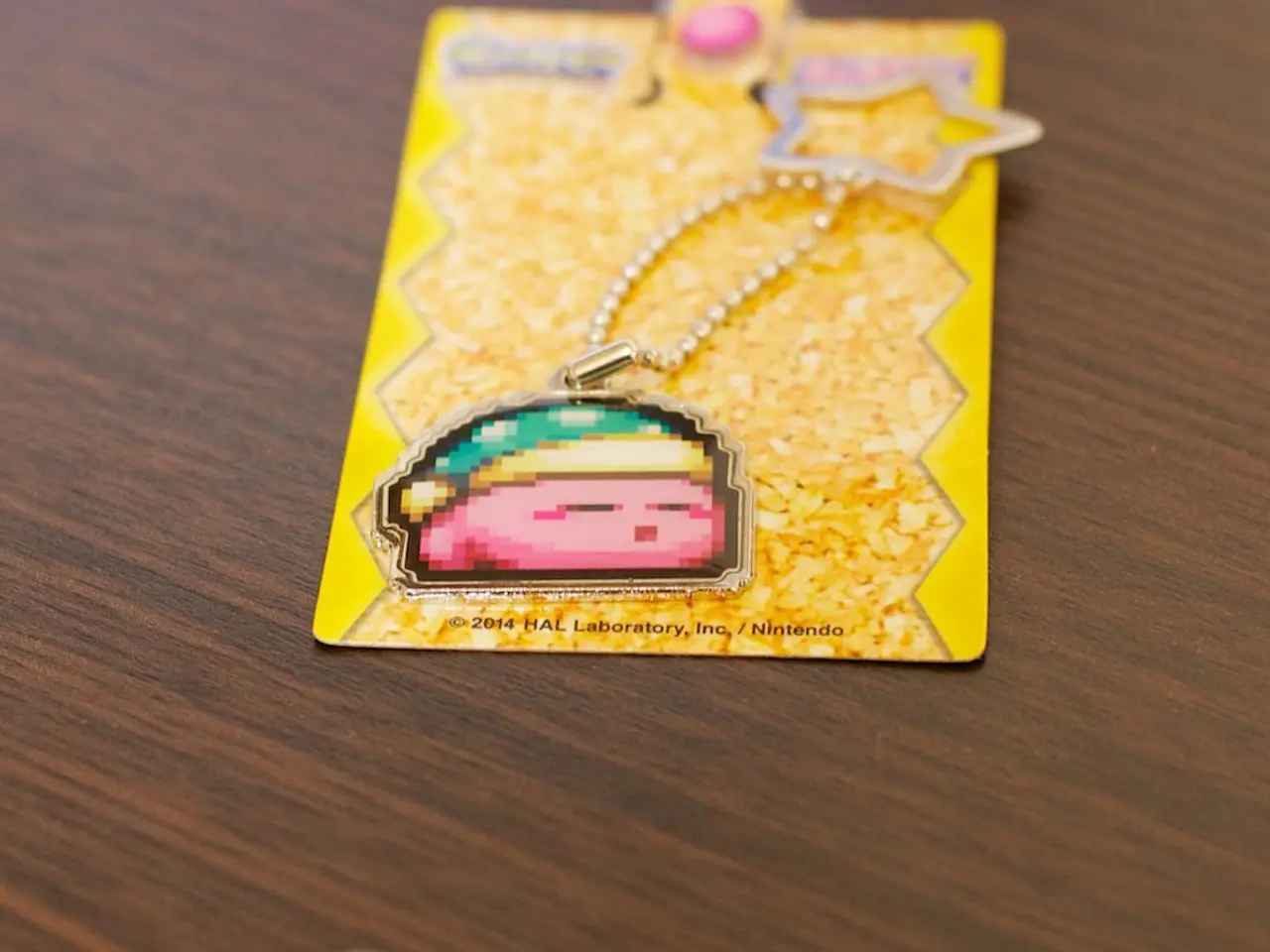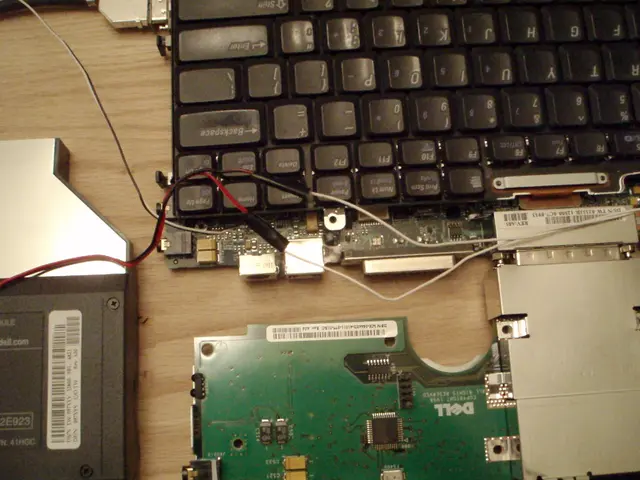Toyota Contemplates Blockchain Technology for Digitalization of Vehicle Ownership Records
In a groundbreaking move, Toyota's Blockchain Lab is exploring the use of blockchain technology to transform the mobility sector. The new concept, known as the Mobility Orchestration Network (MON), aims to address three structural gaps that have long prevented the uncoupling of mobility from its traditional roots.
The first gap, the organizational gap, is being addressed by introducing trust across sectors. The MON concept is designed as a protocol rather than a single platform, allowing for seamless integration across borders.
The second gap, the industrial gap, is being addressed by connecting entities within the mobility ecosystem seamlessly. The MON concept is also addressing this by orchestrating trust and unlocking the value of mobility assets across organizational, industrial, and national boundaries.
The third gap, the national gap, is being addressed by enabling global circulation of value without disrupting local ecosystems. The goal is to allow mobility assets and value to cross borders while respecting local laws and regulations.
At the heart of the MON concept is a separate structure called the Trust Gateway, which serves as the off-chain bridge to on-chain trust. This gateway involves several mechanisms, including Verifiable Credentials, Decentralized Oracles, Trusted Intermediaries, and others.
The Trust Gateway is supported by a multi-chain approach, with Avalanche as the foundational layer and separate chains for Trust, Capital, Utility, and Stablecoin networks. The MON prototype also utilizes Avalanche's Interchain Messaging (ICM) system to ensure secure communication across different blockchain networks.
The U-MOA (Utility-side) account manages real-time operational verifications, such as driver credentials and vehicle status. Meanwhile, the T-MOA (Trust-side) account holds finalized institutional and economic proofs in the MOA system.
Prominent protocols integrated into the MON network include IBC from Cosmos and CCIP from Chainlink. The MON concept includes three on-chain verified proofs: Institutional Proof (for vehicle title/registration and insurance compliance), Technical Proof (for vehicle integrity and fitness), and Economic Proof (for usage metrics, maintenance, and revenue history).
Last year, a concept called the Mobility-Oriented Account (MOA) was proposed to understand the connection between users and mobility. However, it was found to be insufficient in capturing the complex relationships involved. The latest research from Toyota's Blockchain Lab is a continuation of the MOA research, with a focus on describing mobility as part of a network rather than an individual entity.
Toyota's MON is not just about streamlining processes like registration, insurance, and maintenance in vehicles. It's about reimagining mobility as a valuable asset that generates value, particularly with the rise of electric and autonomous vehicles. The final goal for the national gap in the MON concept is to enable global circulation of value without disrupting local ecosystems.
As the mobility sector evolves, so does the need for a gradual transition from non-fungible mobility ownership to fungible financial assets. Toyota's Mobility Orchestration Network (MON) is a significant step towards this transition, orchestrating the many networks that work together to create a future where mobility is a seamless, borderless, and valuable asset.
Read also:
- Peptide YY (PYY): Exploring its Role in Appetite Suppression, Intestinal Health, and Cognitive Links
- Toddler Health: Rotavirus Signs, Origins, and Potential Complications
- Digestive issues and heart discomfort: Root causes and associated health conditions
- House Infernos: Deadly Hazards Surpassing the Flames








